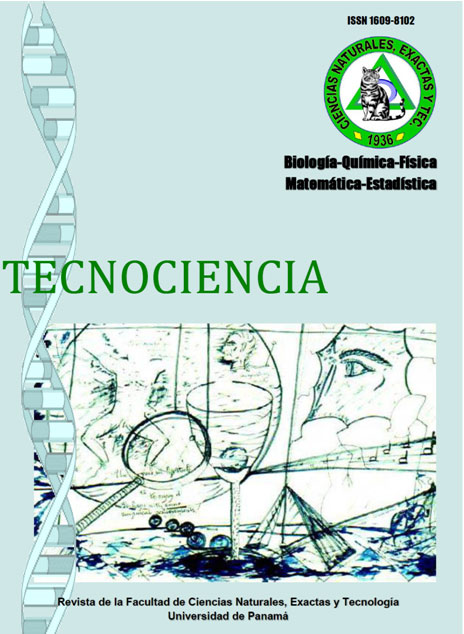

The aim of this study was to determine the conservation status of the cloud forest of Cerro Azul, considering the wealth of prevailing amphibian species. Sampling was done over a period of six months, from February 2009 until July of that year. Samplings were carried out using transect as search technique day and night raiding along natural water sources (rivers and streams), located at the three sites were selected for monitoring. Amphibian abundance was 661 individuals, subdivided into two orders (Anura and Caudata), 9 families, 15 genera and 26 species. A richness of 26 species of amphibians was obtained, which showed a seasonal pattern, with the months with lower precipitation those with the greatest number of species The Cerro Azul area had the highest diversity index during the transition period between the dry season and the rainy season. Applying ecological feasibility analysis (AVE) it was determined that the state of conservation of Cerro Azul cloud forest, based on species richness of amphibians, is in a poor condition. Abundance ranges indicated that more than half of all amphibian species recorded (62%) decreased their abundance since the last inventory made 15 years ago.